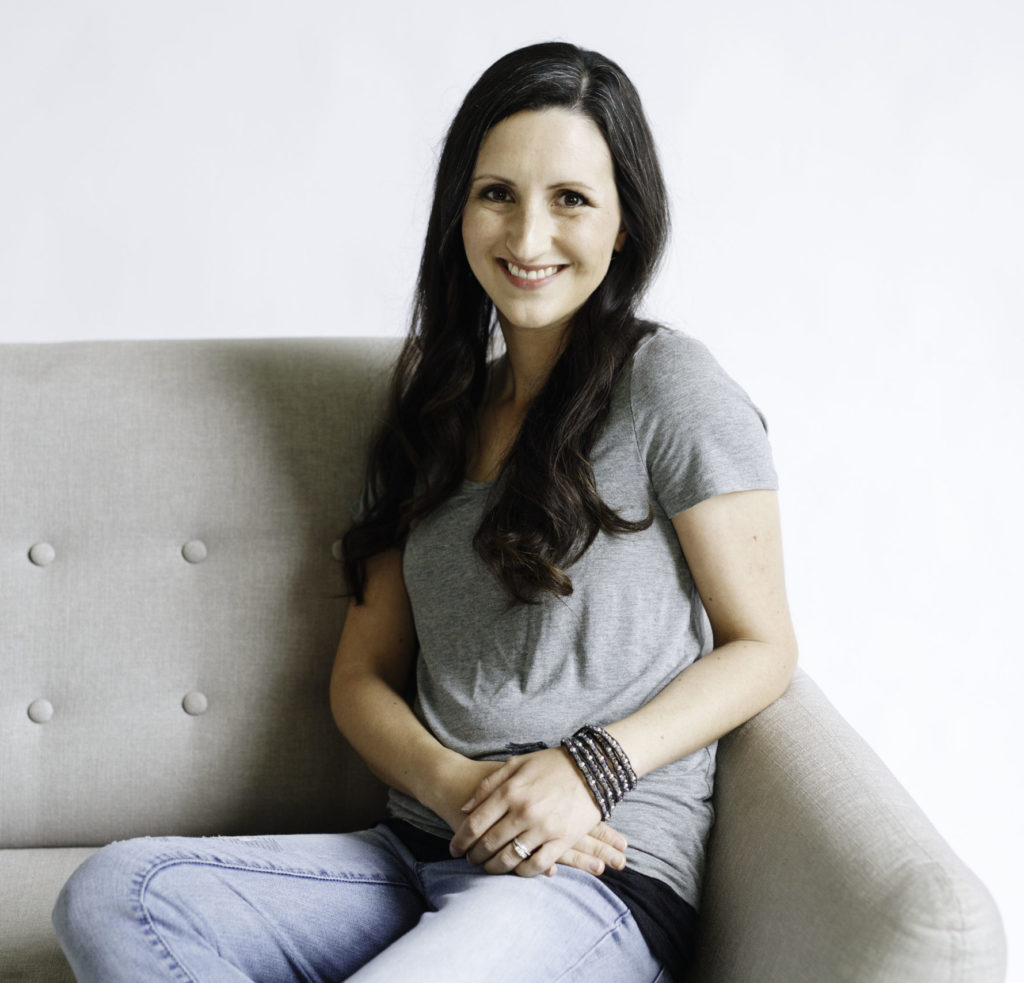Grab our free marriage resources here!
By Joy Ballard
There are two types of boundaries we need in our lives. But what are these two types? That’s what we’re learning about today.
Boundaries in the Bible
Jesus taught us that it is more blessed to give than receive. To turn the other cheek. To give up one’s life for our friends. To love our enemies.
Have you ever wondered: What about boundaries, Jesus?
Maybe, like me, you have lived under the assumption that being a Jesus follower means always saying yes and draining yourself dry for the sake of others. Then you ran across the concept of boundaries at some point and felt like you found something that finally makes sense.
But the two ways of living sometimes feel at odds with each other.
I truly believe Jesus himself lived a life of healthy boundaries. I also believe he has given us certain limitations as human beings so that we can partner with his grace and experience the abundant life he came to give us. It’s through a healthy understanding of these limitations that we can establish boundaries that bring about life and healing.
Defining Boundaries
Sadly, sometimes the misunderstanding and misuse of boundaries breaks down relationships rather than giving them a chance to thrive. Even worse, it can keep us from thriving and growing as well.
Getting to the root of a word often helps to understand it better.
In the literal sense, boundaries are a structure meant to define a property. A boundary brings clarity between one’s property and the neighbor’s so that one’s cattle, pets or children don’t wander into their property. In more dramatic cases, a boundary could be a castle wall, a moat, or a defense structure against enemies.
When we talk about needing boundaries today, we are not typically referring to a physical structure but to the fact that someone is taking up emotional or mental real estate in our life and crossing an invisible line.
Therein lies the problem: it’s typically invisible. No wonder there is so much conflict and hurt around the topic of boundaries. Where the boundary may be perfectly clear to me, it might be in a completely different place to someone else. Who’s to say who is right?
There is nothing “pretend” about the truckload of real emotional baggage we all haul around. The more people step over our invisible boundaries, the higher we build the walls around us.
Two Types of Boundaries

Let’s go back to sheep or enemies. A sheep boundary facilitates a good relationship with the neighbors. An enemy boundary is a sign to keep out. One is a defining boundary, the other is a defense boundary.
A defining boundary brings clarity to relationships. A defense boundary cuts off relationships.
a wife like me
There is a time and place for both types of boundaries. Once in a while, we might need to check if we are using the wrong type of boundary.
The interesting thing about a defense boundary is that it implies the problem is out there–not my monkeys, not my problem, or that those monkeys can no longer be a problem in my life. A defining boundary admits these monkeys are my problem, meaning that I have some issues I need to get better at and therefore this boundary will help me improve in my relationship with you.
There is no question that at times, the need for a defense boundary is the right and necessary thing. But I find that it’s much more tempting to make all boundaries defense boundaries. It’s easier to avoid someone than learn to grow with them. It’s easier to keep a door closed than to enter into a difficult and honest conversation. It’s easier to move on than to take the excruciating long road to heal in a relationship.
When I see boundaries as defining boundaries, I learn to own my side of the fence and to work on the weeds in my own property. Here I see the Jesus-way-of-life working deep in my heart while at the same time letting him show me my limits. Through this process, there is growth and hope. I can be human and he can be God and that’s where I can relate to others in a more healthy way.
Wife Step: Examine the boundaries or need for boundaries in your life and start to define whether they are the right type of boundaries. Reading recommendation: Emotionally Healthy Spirituality by Peter Scazzero.
To read more about what to do before setting boundaries, check out this post.
Grab our free marriage resources here!

Joy was born and raised in a multicultural, bilingual family in the country of Mexico. Although she loves a good taco, her love for a Minnesota guy won out. 14 years of marriage, 4 kids and many geographical locations later, they now reside in Indiana where her husband is completing a doctoral program. Together they love helping couples discover the incredible adventure marriage was intended to be. They have led many marriage small groups, ministries and retreats, but their favorite way to connect with other couples is by simply sharing life together. When not deep in the throes of homeschooling and parenting, Joy enjoys devouring books, stringing words together, dabbling in watercolor, and sipping coffee with friends. Photo credit: Woodford Sisters Photography
Be the first to comment